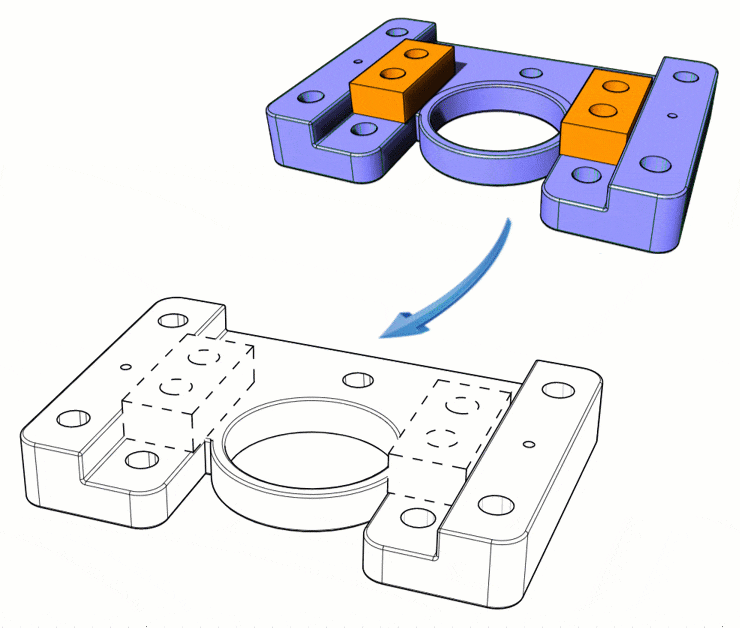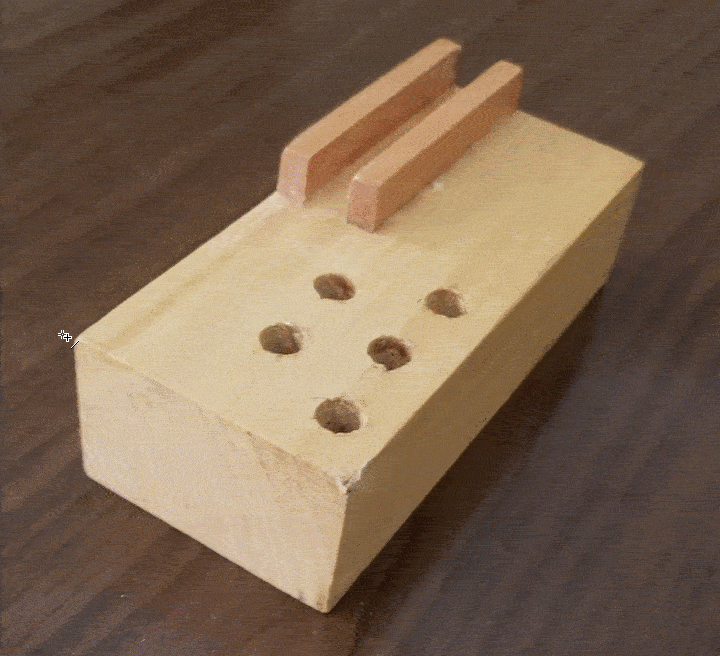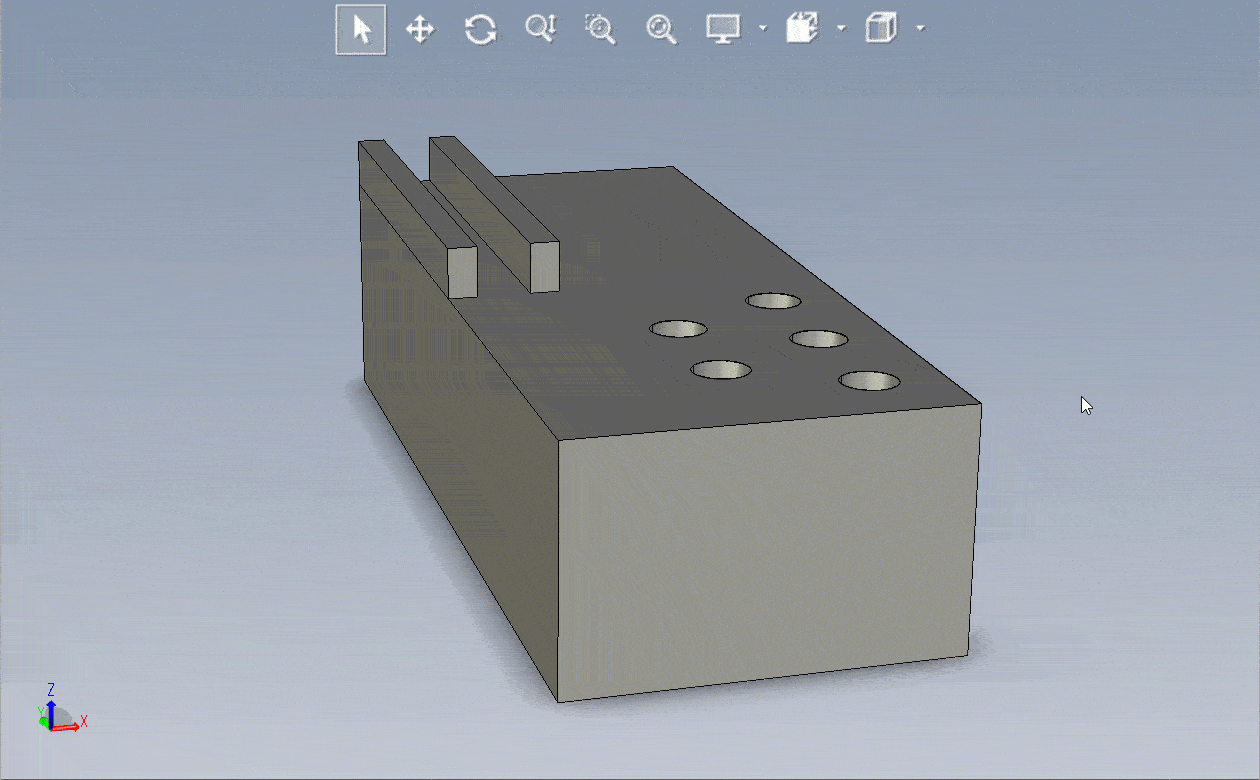
STIPPLES
3D Model-Based Design Patent Illustrations: Setting the New Standard
Elevating Precision in Patent Illustrations
In the intricate world of design patents, the clarity and precision of illustrations are not just beneficial—they’re imperative. While traditional methods relied on manual image tracing, prone to inconsistencies and errors, the emergence of 3D model-based drawing processes has ushered in a new era of precision and efficiency.
The Limitations of Manual Tracing
Traditional image tracing involves manually creating line drawings, often leading to discrepancies that can compromise a patent’s integrity. This labor-intensive process demands extensive quality control, prolonging timelines and escalating costs.

Revolutionizing with 3D Model-Based Drawings
The shift to 3D model-based illustrations marks a significant evolution, offering:
- Unmatched Accuracy and Consistency: Leveraging 3D CAD models, this innovative approach automates drawing creation, ensuring each view is consistently precise, drastically reducing human error.
- Enhanced Efficiency and Cost-Effectiveness: Automation not only refines accuracy but also accelerates the drawing process, transforming hours of work into minutes and significantly cutting down costs.
- Flexibility and Comprehensive Coverage: Easily generate additional views or intricate details like sectional or exploded views, ensuring thorough disclosure and bolstering patent protection.
- Streamlined Quality Control: The high fidelity of software-generated drawings reduces the need for intensive quality checks, speeding up the entire process while ensuring top-notch results.
- Expanded Claim Scope: Adjustments and modifications are effortlessly handled within the 3D model, facilitating broader and more robust patent claims.

Conclusion
The adoption of 3D model-based drawings is redefining the standards for design patent illustrations. With its promise of unparalleled accuracy, efficiency, and flexibility, this method is quickly becoming the preferred choice for innovators and patent professionals globally. As technology advances, the role of 3D model-based processes in enhancing patent quality and efficacy continues to grow, reinforcing its position as the new benchmark in the field.
Recommended Webinars
Delve deeper into the topics discussed in this article by attending our webinars. These sessions provide further insights and offer the chance to interact with experts in design patent drafting and illustration.
- Design Webinars: Avoiding Non-Correctable Errors in Design Patents:: Discover how to avoid non-correctable errors in design patents and ensure the success of your applications in this informative webinar by IP DaVinci.
- Design Webinars: Handling Advanced Scenarios in Design Patents: Explore strategies for handling advanced scenarios in design patents in this insightful webinar by IP DaVinci, enhancing your ability to navigate complex cases.
- Design Webinars: Cost and Time Saving Tips for Design Patent Drawings: Learn cost and time-saving tips for design patent drawings in this practical webinar by IP DaVinci, aimed at streamlining your patent application process.
Provide Feedback
We value your feedback! Let us know how we can improve or what topics you’d like to see next.
Connect with Mike
Have questions or need support? Connect with Mike for personalized assistance.
Share Your Experience
Found our series helpful? Share it with your network and help others benefit too!